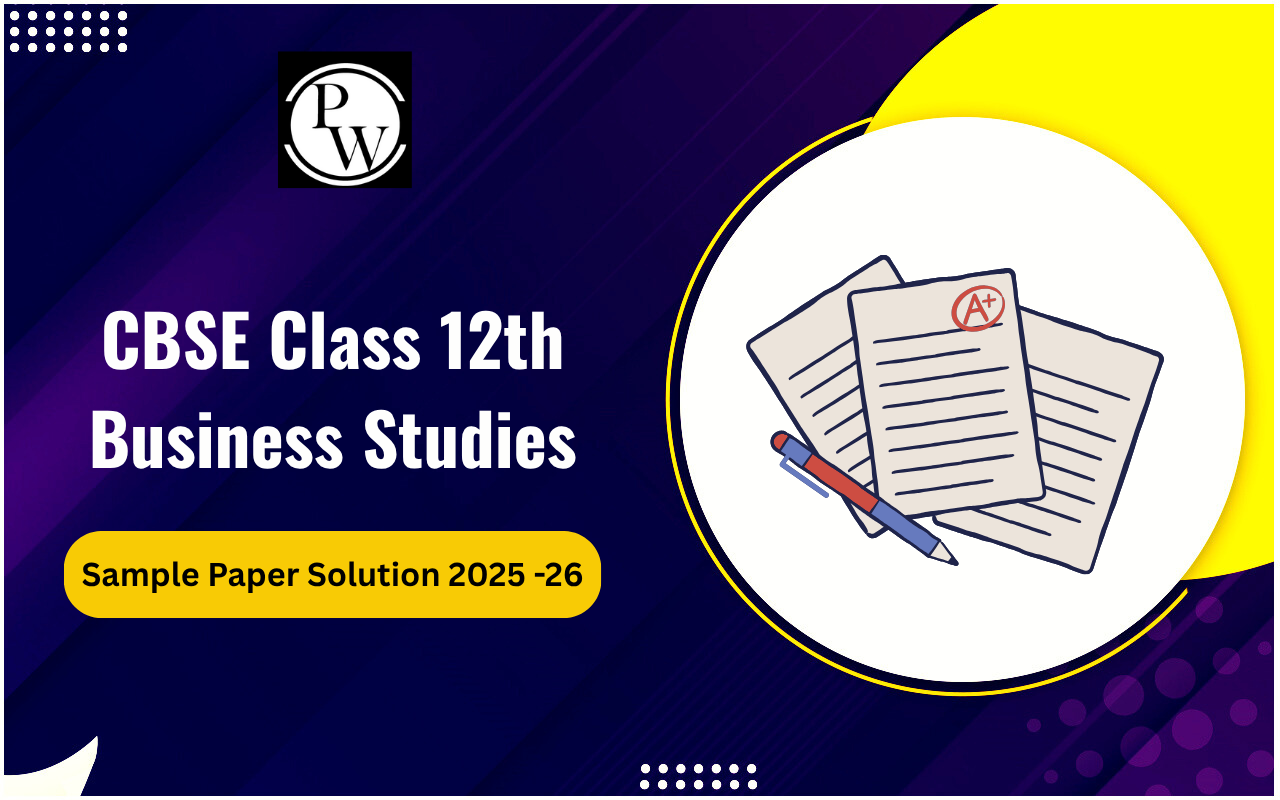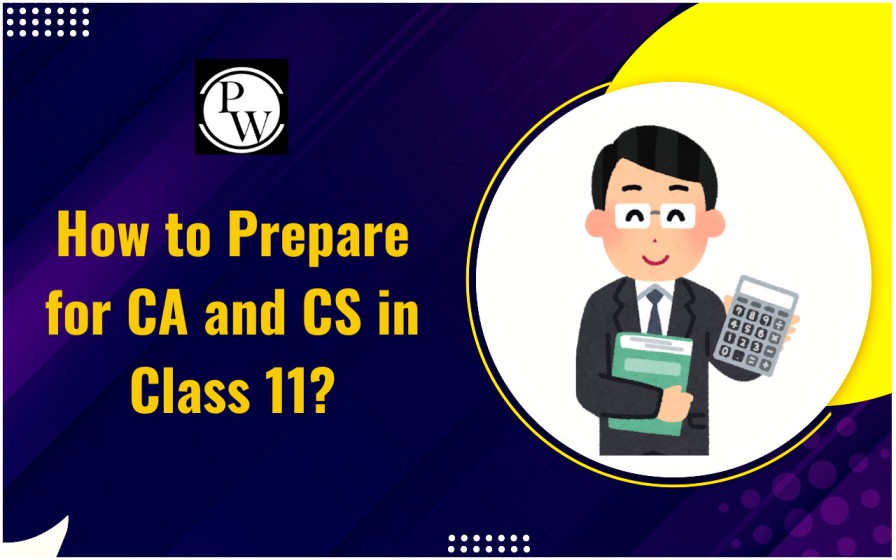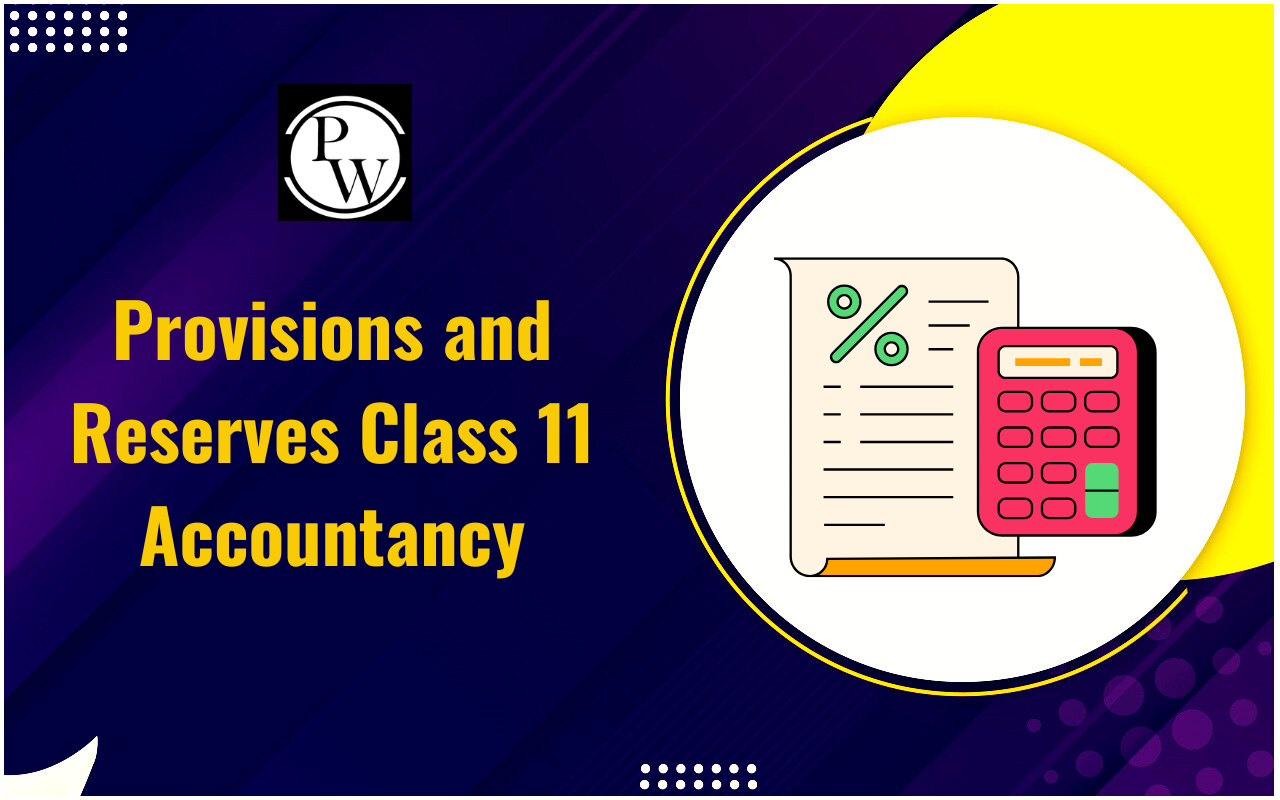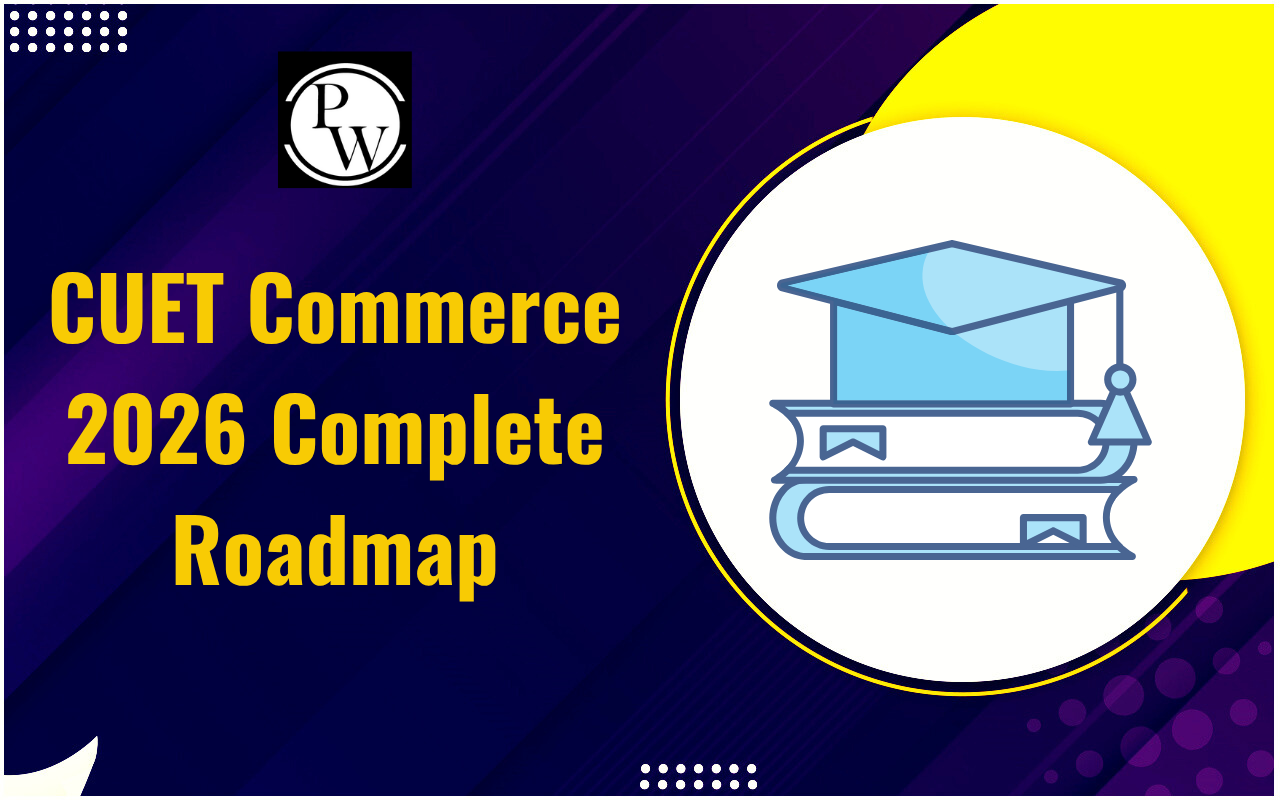
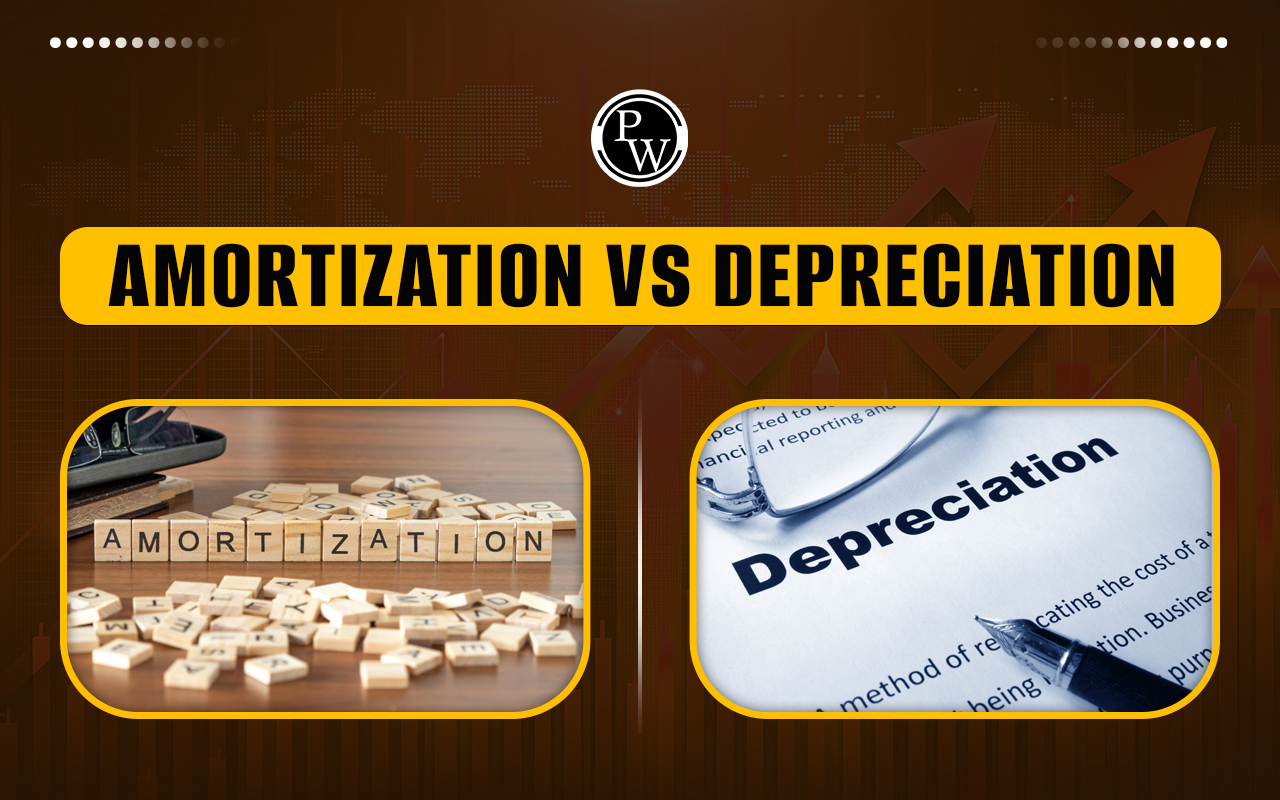
Amortization vs Depreciation: When a company acquires assets like vehicles, patents, or buildings, these assets often have a long useful life, benefiting the company over several years. To account for this, businesses spread the cost of these assets over their useful life through annual expenses, which also help reduce their tax burden. Amortization and depreciation are the two key methods used to calculate these expenses.
The main difference between them lies in the type of asset being expensed—tangible assets like machinery are depreciated, while intangible assets like patents are amortized. Commerce students must understand the concepts of amortization vs depreciation, as they are crucial for accurate financial reporting. These methods differ not just in the type of assets they apply to but also in how they are calculated and presented in financial statements. Understanding these differences is essential for making informed business decisions and analyzing a company’s financial health.Amortization Meaning
Amortization is a way to gradually reduce the cost of an intangible asset, like a patent or trademark, over its useful life. This process typically happens on a straight-line basis, meaning a fixed amount is deducted from the asset’s value each year until it’s fully used up. Intangible assets, such as copyrights and franchise agreements, don’t have any resale or salvage value once their useful life ends. For instance, imagine a company acquiring a software license worth Rs. 50,000, which will be valid for 10 years. Since the software is an intangible asset, the company should amortize it over the 10-year period. Using the Straight-Line Method, the annual amortization expense would be Rs. 5,000 (Rs. 50,000/10 years), meaning the asset's value decreases by Rs. 5,000 every year.Depreciation Meaning
Depreciation is a method used to allocate the cost of a tangible asset, like machinery or furniture, over its useful life. The goal is to match the expense of the asset with the revenue it generates for the company over time. Physical assets, such as buildings, equipment, and vehicles, are depreciated, and these assets might have some resale or salvage value at the end of their useful life. The depreciation amount is calculated by subtracting the asset’s salvage value from its original cost. This amount is then deducted annually using either the Straight-Line Method or the Written Down Value Method. In the Straight-Line Method, a fixed amount is deducted each year over the asset’s useful life. For example, if a company purchases a vehicle worth Rs. 1,20,000 with a 6-year useful life, the annual depreciation would be Rs. 20,000 (Rs. 1,20,000/6 years), reducing the asset’s value by Rs. 20,000 yearly. On the other hand, the Written Down Value Method calculates depreciation based on a fixed percentage. For instance, if a company buys office equipment for Rs. 70,000 with a 15% depreciation rate, the depreciation would be Rs. 10,500 in the first year, Rs. 8,925 in the second year, and so on.Difference between Amortization and Depreciation
Understanding the differences between amortization and depreciation is crucial for accurately managing both intangible and tangible assets, ensuring proper financial reporting, and making informed business decisions. Check the table below for comprehensive details on the difference between amortization and depreciation:| Amortization vs Depreciation: Key Differences | ||
| Aspects | Amortization | Depreciation |
| Definition | The process of distributing an intangible asset's cost across its useful life is called amortization. | The process of spreading out the cost of material possessions over the course of their useful lives is known as depreciation. |
| Type of Asset Covered | This applies to intangible assets such as patents, trademarks, and copyrights. | This applies to tangible assets like machinery, buildings, and equipment. |
| Expense Recording | Typically, this results in the same amount being expensed annually. | This may lead to varying annual expenses, especially with the Written Down Value Method. |
| Salvage or Residual Value | Intangible assets usually have no salvage value at the end of their useful life. | Tangible assets often have a salvage or scrap value after depreciation. |
| Method of Calculation | Generally, it uses the Straight-Line Method only. | Can use the Straight-Line Method or the Written Down Value Method. |
| Contra Account Usage | Does not typically involve a contra account. | Involves a contra account for tracking accumulated depreciation. |
| Effect on Financials | Impacts the balance sheet by gradually reducing the value of intangible assets. | Affects both the balance sheet and income statement by decreasing asset value and recording expenses. |
Examples of Amortization
Amortization helps to spread out the cost of various expenses and assets over time. Here, we've mentioned some examples of Amortization for students:- Home Loans: Mortgages are amortized through monthly payments covering the principal and interest. Over time, a larger portion of each payment reduces the principal, while less goes toward interest.
- Car Loans: Similar to home loans, car loans are amortized with monthly payments that include both principal and interest. Early payments mostly cover interest, but as the loan progresses, more goes toward the principal.
- Intangible Assets: Businesses amortize the cost of intangible assets like copyrights and goodwill over their useful life since these assets gradually lose value.
- Prepaid Insurance: If a business pays an insurance premium for the entire year in advance, the cost is amortized over the 12 months to match the expense with the coverage period.
- Leasehold Improvements: Costs for improvements made to leased property are amortized over the lease term or the useful life of the improvements, whichever is shorter.
- Software Licenses: Companies often amortize the cost of software licenses over their useful life, reflecting the gradual benefit derived from using the software.
- Bond Issuance Costs: When a company issues bonds, the costs associated with issuing the bonds are amortized over the life of the bonds.
- Franchise Fees: Fees paid for acquiring a franchise are amortized throughout the franchise agreement, reflecting the gradual benefit of operating under the franchise brand.
Also Read: Capital And Revenue Transactions
Moreover, amortization and depreciation are crucial for allocating asset costs over time. Amortization is used for intangible assets like patents, while depreciation applies to tangible assets like machinery. Each method affects financial statements differently, helping businesses manage expenses and asset values accurately. At Physics Wallah (PW), we offer top-notch coaching for Commerce students, simplifying complex topics like amortization and depreciation. Our expert guidance ensures students excel in their studies and understand practical applications, making PW the leading choice for comprehensive commerce education. Ready to master these concepts and more? Join now for the PW Commerce Online Course and get expert guidance to excel in your studies and career!| Also Check: | |
| Intermediate Goods | Infrastructure |
| Demonetisation | Difference between Efficiency and Effectiveness |
| Development Economics | Recession |
Amortization vs Depreciation FAQs
What is amortization in simple terms?
Amortization is an accounting method for gradually reducing the value of a loan or intangible asset over time. For loans, it involves spreading out payments across the loan period. For intangible assets, it's similar to depreciation, reducing the asset's book value over its useful life.
What is amortization with an example?
Amortization refers to repaying a loan by breaking it into regular payments until the loan is fully paid off. For example, if you take a loan of $10,000, amortization involves making monthly payments that cover both interest and a portion of the principal until the loan is paid off. Each payment reduces the outstanding balance of the loan.
What is amortization vs depreciation?
Amortization and depreciation are methods to allocate the cost of assets over time. Amortization spreads the cost of intangible assets, like patents, over their useful life. Depreciation, on the other hand, is used for tangible assets, like machinery, to account for their gradual wear and tear.
How to calculate amortization?
To calculate amortization, start by determining your principal balance and interest rate. Multiply the principal by the interest rate and divide by 12 to find the monthly interest fee. Subtract this fee from your total monthly payment to see how much goes toward the principal each month.
Is amortization an expense?
Yes, amortization is considered a non-cash expense because it does not involve an actual cash outflow. It reduces the book value of an asset but does not impact a company’s liquidity. Amortization expenses are recorded on the income statement to reflect the gradual reduction in asset value.
Talk to a counsellorHave doubts? Our support team will be happy to assist you!

Check out these Related Articles
Free Learning Resources
PW Books
Notes (Class 10-12)
PW Study Materials
Notes (Class 6-9)
Ncert Solutions
Govt Exams
Class 6th to 12th Online Courses
Govt Job Exams Courses
UPSC Coaching
Defence Exam Coaching
Gate Exam Coaching
Other Exams
Know about Physics Wallah
Physics Wallah is an Indian edtech platform that provides accessible & comprehensive learning experiences to students from Class 6th to postgraduate level. We also provide extensive NCERT solutions, sample paper, NEET, JEE Mains, BITSAT previous year papers & more such resources to students. Physics Wallah also caters to over 3.5 million registered students and over 78 lakh+ Youtube subscribers with 4.8 rating on its app.
We Stand Out because
We provide students with intensive courses with India’s qualified & experienced faculties & mentors. PW strives to make the learning experience comprehensive and accessible for students of all sections of society. We believe in empowering every single student who couldn't dream of a good career in engineering and medical field earlier.
Our Key Focus Areas
Physics Wallah's main focus is to make the learning experience as economical as possible for all students. With our affordable courses like Lakshya, Udaan and Arjuna and many others, we have been able to provide a platform for lakhs of aspirants. From providing Chemistry, Maths, Physics formula to giving e-books of eminent authors like RD Sharma, RS Aggarwal and Lakhmir Singh, PW focuses on every single student's need for preparation.
What Makes Us Different
Physics Wallah strives to develop a comprehensive pedagogical structure for students, where they get a state-of-the-art learning experience with study material and resources. Apart from catering students preparing for JEE Mains and NEET, PW also provides study material for each state board like Uttar Pradesh, Bihar, and others
Copyright © 2025 Physicswallah Limited All rights reserved.
Get App



